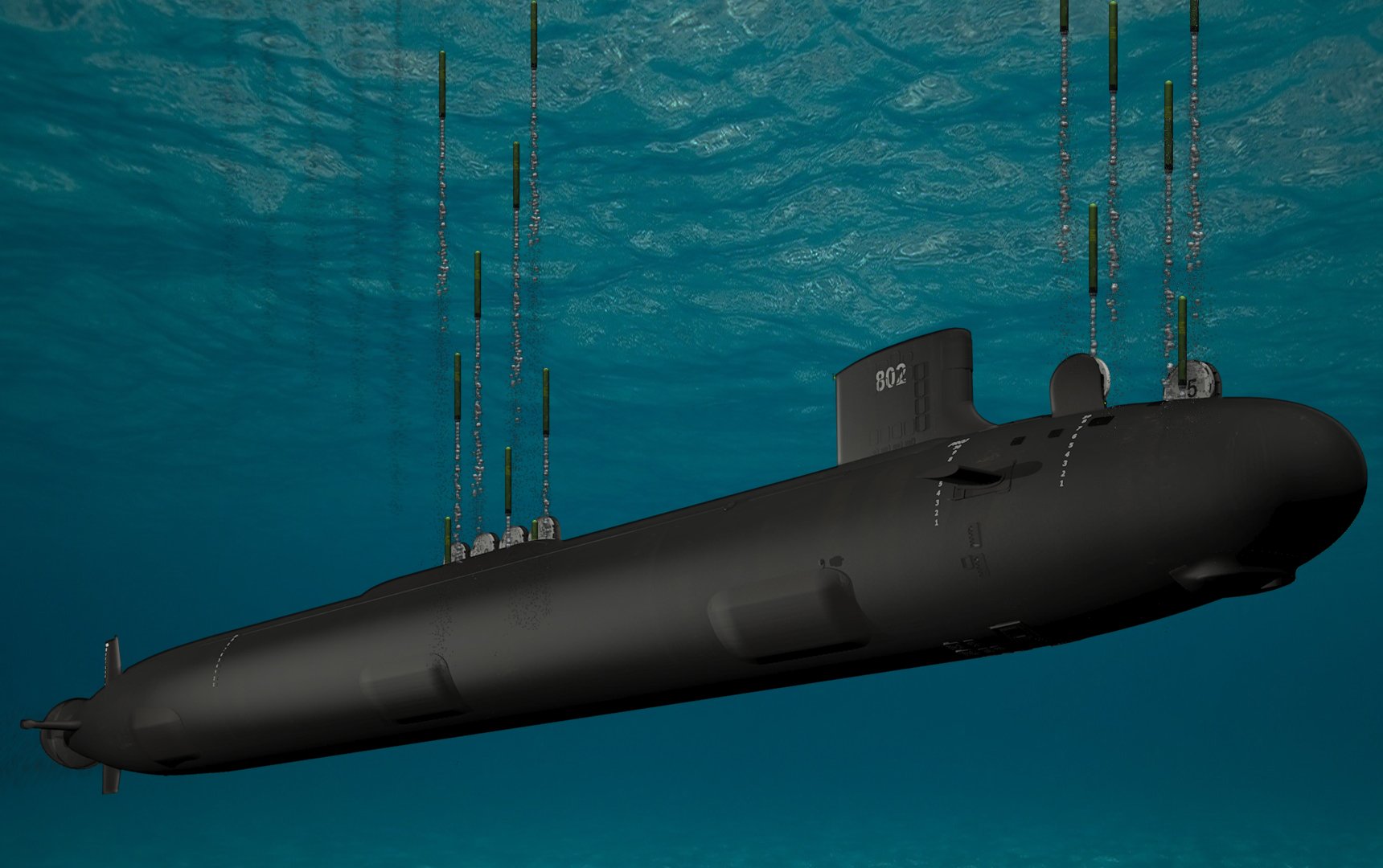
GROTON, Conn. – The Navy is close to inking a multi-billion-dollar deal to build the Block V Virginia-class fast-attack submarines, but doing so requires the service, shipyards and suppliers to balance their sometimes-competing program priorities, the service’s top acquisition official said Tuesday
Secretary of Defense Mark Esper and James Geurts, assistant secretary of the Navy for research, development and acquisition, on Tuesday toured the General Dynamics Electric Boat manufacturing facility in Groton, Conn. At the same time, behind the scenes, Navy and shipyard officials continued negotiating the contract that will cover at least 10 boats from Fiscal Year 2019 through 2023.
Esper did not discuss the private meeting he had with Phebe Novakovic, chief executive of General Dynamics, and Jeff Geiger, president of the Electric Boat subsidiary. Geurts, speaking to reporters on the plane ride home from the Connecticut yard, described the overall negotiators as working out the final details of a Block V deal.
“Having the SECDEF down here today, I mean, it shows the importance and shows why for the nation we’ve got to be all in: working between the shipbuilders, between the Navy, between suppliers, and quite frankly a lot of workforce development programs to get this enterprise in the shape we need it to, to deliver for the nation,” Geurts said.
Negotiations between the Navy and shipbuilders have extended months longer than anticipated. The Navy expected to sign a Block V deal in April, according to Department of Defense Fiscal Year 2020 President’s Budget Submission Estimates released in the spring. The Navy and shipbuilders are running out of time to finalize a deal before FY 2019 ends on September 30. Perhaps more urgently, the Navy and Electric Boat are also getting close to when Columbia-class submarine production starts in Groton.
The Block V submarines will include some significant upgrades and changes when compared to the Virginia-class submarines already built, according to a Congressional Research Service report released in June. Nine of the ten Block V boats will be built with the Virginia Payload Module, which includes lengthening the hull by 84 feet to accommodate four payload tubes in the center of the sub. These tubes are designed to fire Tomahawk Land Attack Missiles. The subs with VPM will likely field 40 Tomahawks. Block V submarines also incorporate changes for acoustic superiority, making them stealthier.
Virginia-class submarines are built in sections, which are assembled at Electric Boat in Connecticut and by Newport News Shipbuilding in Virginia. The yards share final assembly responsibilities, shipping modules back and forth on barges. Production of new submarines has slowed recently because the yards have had trouble getting the parts needed to finish modules, which then holds up final assembly. Any such delays will become magnified in two years, when the yards start building both the Columbia-class submarines and Block V Virginia-class sub at the same time.
A successful start of Columbia-class manufacturing is linked to the current Block V Virginia-class negotiations, Geurts said. Ideally, the Block V production will be stable by the time the first Columbia-class sub is built.
“It is something I’m really focused on, getting the Block V contract settled in, getting stability in Virginia, getting that to continue to deliver on cadence. That will be one of the biggest enablers for Columbia,” Geurts said. “So a lot of focus on submarines right now; getting Virginia positioned the right way so that we can build from that for Columbia.”





